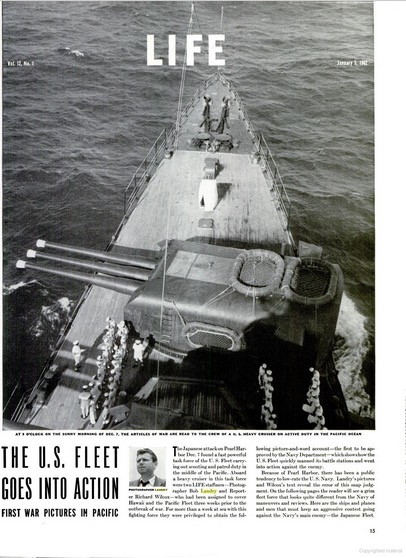 [Among the many serendipitous consequences of this Capa D-Day investigation I must count the email I received on July 19, 2015 from Doreen Landry Millichip, widow of LIFE staff photographer Robert (“Bob”) Landry, another of the small group of photojournalists the magazine assigned to cover the early hours of the Normandy landing on D-Day. Ms. Millichip had come across our project while doing some online research about her late husband. (See my introduction to Part 1 of this Q&A for portions of her first email.)
[Among the many serendipitous consequences of this Capa D-Day investigation I must count the email I received on July 19, 2015 from Doreen Landry Millichip, widow of LIFE staff photographer Robert (“Bob”) Landry, another of the small group of photojournalists the magazine assigned to cover the early hours of the Normandy landing on D-Day. Ms. Millichip had come across our project while doing some online research about her late husband. (See my introduction to Part 1 of this Q&A for portions of her first email.)
In the course of this investigation I had found precious little about Landry (1913-60) out there — mostly passing references to his work for LIFE, after a decade of which he went freelance. (I did, however, uncover the curious fact that he served as technical advisor on photographic matters for Alfred Hitchcock’s 1954 film Rear Window, whose main character, a photojournalist portrayed by James Stewart, Hitchcock reportedly based on Robert Capa.)
So I seized the opportunity, and Ms. Millichip graciously complied with my request for an email Q&A concerning Landry’s relationship with LIFE, John Morris, and Robert Capa, as well as his experiences on D-Day and the days and weeks immediately after. I have inserted links to some of the LIFE stories to which Ms. Millichip refers, plus some explanatory notes. While the result doesn’t answer all the questions, it does fill in some gaps in the tale, making it also the most substantial article about Landry on the internet. Perhaps this will spark further research on an unjustly neglected figure.
Note: Ms. Millichip never met Robert Capa, who died in 1954; when she refers to “Bob,” she’s always speaking about Landry. We used GtP as shorthand for Morris’s 1998 memoir Get the Picture. Part 2 appears below; click here for Part 1. — A. D. C.]
•
Bob Landry, LIFE, John Morris, Robert Capa, and D-Day:
Q&A with Doreen Landry Millichip (cont’d.)
ADC: How did Landry end up going in with the troops on Utah Beach? Did he pick that spot, and, if so, why?
DLM: I don’t know, but he had accompanied the 4th Infantry twice before, so maybe that had some bearing on the decision. I also seem to remember reading somewhere that Capa had wanted Omaha Beach, which would have left Utah for Bob.
ADC: In his May 31, 2013 interview with Simon Kuper for the Financial Times, Morris says, “Bob Landry landed on Utah Beach, and all his film, along with all the movie film and other films taken by army photographers, was accidentally dropped in the Channel on the way back to England. Landry also somehow lost his shoes in the landing — I never did quite understand that. Landry was not very happy with me. I think he thought I was partial to Capa. But Capa was the one who produced.” Is that true?
DLM: Another uncalled-for swipe at Bob. You have only to look at Bob’s record to see how he had “produced.” From Pearl Harbor and the Pacific — where he photographed America’s first seaborne attack on the Japanese on the Marshall Islands and was promptly designated as a war correspondent — through the British and American campaigns in Africa to Sicily, where he went in with the first wave to make the first pictures of the invasion and the tank battle (which LIFE presented as “one of the great pictures of the War”). Normandy, Paris, and the first War Crimes Trial (of Quisling in Norway) were to follow. What Bob thought about Morris’s relationship with Capa I have no idea. I can’t imagine it troubling him very much.
[In the hierarchy of LIFE, or any periodical at the time, staff photographers had higher standing than freelancers; normally, their choices took priority over the requests of those with less substantial affiliations. If bad blood ran between Morris and any of the staffers in London, his friendship with and favoring of Capa — especially prior to Capa accepting the staff position offered by Hicks after D-Day — would certainly go a long way toward explaining it. — A. D. C.]
•
ADC: In his book GtP, Morris writes, “Capa took the news of the melted emulsions well and never discussed the matter with me, but his bitter disappointment over the destruction of the other images was quietly recorded in letters home to his mother and brother. Bob Landry was another matter; he had to be restrained from taking a swing at me after he got the news that his D-Day film had vanished. It could not be accounted for from the moment it left his hands, but I was a convenient scapegoat.” (p. 79) When and where did Landry learn that his film had gotten lost? Does any of this match Landry’s account?
DLM: Bob did return to London briefly after the fall of Cherbourg as he planned [German forces there surrendered on the morning of June 27. — A. D. C.] and he would certainly have gone into the LIFE office and possibly confronted Morris then. If he hadn’t heard about the loss during his previous three weeks in France I would be very surprised. [Responsibility for arranging the safe transport of Landry’s films back to the London office from Utah Beach — as well as Capa’s from Omaha Beach — certainly would have fallen to Morris. The designated courier specifically responsible for the loss of Landry’s film, and that of others, may have been one Major W. A. Ulman of the Signal Corps; see this report by Steve Greene, Special Media Holdings Coordinator for the Presidential Libraries System, published at the National Archives blog on September 9, 2014. — A. D. C.]
It is now about 57 years since Bob admitted to me that he had “taken a swing” at the guy, so I am really hazy about this. Bob never went into details and although this loss was obviously an event he would never forget, his philosophy was that “Life is too short to hate anyone or bear a grudge.” Unlike Capa, he never referred to it in his letters home; he was always intent upon not worrying his grandparents. [Landry’s grandparents had raised him from infancy. See the passage on this at the end of Part 1 of this exchange. — A. D. C.]
Morris landed on Utah Beach on July 16 on his “quick trip” (see p. 81, GtP) and only mentions Bob in Normandy on pages 82-83. He says they arrived in Rennes together and split up as “there was no point in my shooting the same pictures” and “When I rejoined Landry a little while later, he told me that he had intervened to stop the beating of a collaborator that was about to turn into a lynching.” He doesn’t mention any confrontation with Bob then.
•
ADC: All of this indicates that Morris’s relationship with Landry was strained, to put it mildly. Can you explain that further?
DLM: Bob never spoke of Morris, so I can only go by the character he paints of himself in GtP, which is not one that Bob would have been naturally drawn to. Bob had a quick wit and a warm heart, he was immensely professional himself, had great respect for the talents of others, and could join a completely foreign film crew and be regarded as one of them by the end of the first day. He also had a great sense of fun and was an inveterate practical joker.
Morris writes (p. 70, GtP), “There was wariness on both our sides after our time together on Sunset Boulevard.” Morris was only in Los Angeles for a year and for ten weeks or so of that time Bob was in the Pacific and after that was always on the move. Morris mentions just one occasion on which he accompanied Bob on a story (about [screen actress] Veronica Lake’s hair), and on that occasion he hardly covered himself in glory (see pp. 50-51, GtP) — whereas Bob had grown up in L.A., had been working in Hollywood for years, and was already a favorite in the studios.
By his own account, Morris started work in the mailroom at LIFE at the end of 1938 (at age 22) and by Christmas 1940 had commendably worked himself up to the position of one of two assistants to LIFE picture editor Wilson Hicks, becoming one of the “picture men.” Six months later, he was sent to the Los Angeles office and, according to Morris, on December 7, 1941, was instructed by Time/Life bureau chief Sidney James to get down to “Little Tokyo.” He “wasted no time but called Johnny Florea, a young photographer we had been trying out.” (My emphasis.) Morris had been working with pictures for just a year; Johnny was a graduate of the Fremont High School photojournalism course, a prize-winning photographer who had been working for Hearst newspapers for 6 or 7 years. [Morris, born December 7, 1916, was actually 6 months younger than the “young” Johnny Florea, born May 28, 1916. — A. D. C.]
This is typical of the attitude of patronizing superiority Morris exudes throughout the book. See p. 36, lines 10 to 12 and paragraph 4, in which he’s spiteful about his boss Alex King, whom he himself describes as “Life‘s certified genius”; p. 37, paragraph 2, about Wilson Hicks who gave him a start in photo editing – and eventually promoted him, he says, to be “London photo editor” for D-Day, where he went after Sherry Mangan.
[In his chapter “The Longest Wait” in GtP, pp. 68-72, Morris describes intermittently and in vague terms a presumed “turf war” between himself and Mangan, appointed as “Life London manager.” Exactly what transpired Morris never defines, but he claims that, with the intercession of Walter Graebner, he “seize[d] control of the Life picture staff … Morris would run the Life picture operation.” Unknown to Morris, then and apparently ever since, Mangan (1904-1961) led a double life:
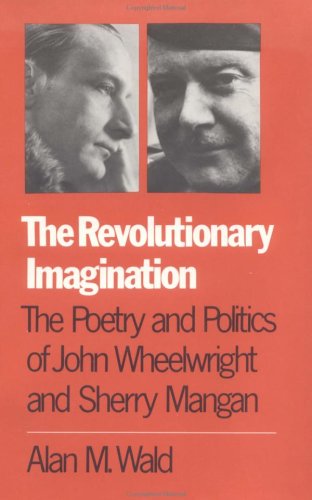 “He was a representative and eminent international liaison man of the FI (Fourth International), making use of his multilingualism as well as of his mobility, resources and credentials as a bourgeois — privileges which enabled him to carry out various secret and often somewhat dangerous Trotskyist liaison work on a truly international scale.
“He was a representative and eminent international liaison man of the FI (Fourth International), making use of his multilingualism as well as of his mobility, resources and credentials as a bourgeois — privileges which enabled him to carry out various secret and often somewhat dangerous Trotskyist liaison work on a truly international scale.
“In July 1939 Mangan became co-opted to the Administrative Secretariat of the Fourth International, formally designated as a technical secretary of that body. Thus shortly before the outbreak of World War II he without doubt was a central figure in the international Trotskyist movement. … He arrived in London in November 1943 where he was involved in the efforts to unite the various rival Trotskyist groups; he also met with French Trotskyist leader Pierre Frank who at that time was living as an emigrant in Britain.” (See the biography by Wolfgang and Petra Lubitz at Trotskyana.net. For a sample of his writing — under one of his many pseudonyms — for a Trotskyist periodical, click here.)
Unlikely, therefore, with such a busy schedule, that Mangan would have found time to engage in some territorial pissing contest with Morris over photographers’ D-Day assignments. That struggle for power most likely took place only in Morris’s mind. — A. D. C.]
On p. 70 of GtP Morris turned his attention to Bob again, paragraph 3 being particularly barbed. Bob and Walter Graebner were close friends. (I still have a birthday cable Graebner sent to Bob’s grandfather during this period.) When Bob covered Pearl Harbor [in December 1941], Walter was in London (already bureau chief) and reporting the reaction of Britain and her allies to the Japanese attack. They had been together in North Africa, often sharing tents rather than hotel rooms. In the U.K. in 1944 they were busily putting together the mammoth story on the build-up of war equipment stored from one end of the country to the other, Bob driving a beat-up British Morris and Walter getting out to push when it broke down or ran out of hard-to-get petrol. No picnic in the winter and the blackout.
Of course they chose to room together. It wasn’t incumbent upon them to “justify such luxury” to Morris, who seems to forget that Graebner was considerably senior to him, and was also his boss. [Graebner held the position of chief of the London Bureau of Time & Life. Not incidentally, Capa was also staying at the Dorchester, and Morris describes himself as living high off the hog in those years: “We also managed to enjoy ourselves. We ate well on expense accounts, and drew the same cigarette rations as officers … There were lunches at the White Tower and parties at the Dorchester.” — A. D. C.]
Graebner did set up the picture of “Bomber” Harris. [Arthur T. Harris, Air Chief Marshal of the Royal Air Force’s Bomber Command, coordinated the devastating RAF saturation bombing of Berlin. A major story about this project appeared in the April 10, 1944 issue, with two photos by Landry of Harris at work. — A. D. C.] And Bob wrote home that he and Walter planned to visit Berlin together when the war was over.
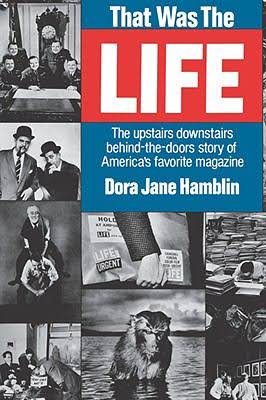 As for Bob being “a genius of the creative expense account” — Dora Jane Hamblin wrote in her 1978 book That Was the Life,
As for Bob being “a genius of the creative expense account” — Dora Jane Hamblin wrote in her 1978 book That Was the Life,
LIFE expense stories abound, most of them absolutely true. Among the best-loved is that of photographer Bob Landry during World War II. For months his expense accounts came in listing five dollars a day for taxis. Finally someone noticed that he had been on an aircraft carrier in the Pacific the entire time. A stiffly miffed request from New York to Landry for “explanation” brought a bland reply: “You should see the size of this thing.”
Peter Stackpole’s obit has a slightly different but equally affectionate version.*
 [Stackpole, one of the original four staff photographers for LIFE, knew Landry from his early days in Hollywood. For 15 years, Stackpole published a column called “35mm Technics” for U.S. Camera magazine. In late 1960 he wrote about his friend and colleague, in part,
[Stackpole, one of the original four staff photographers for LIFE, knew Landry from his early days in Hollywood. For 15 years, Stackpole published a column called “35mm Technics” for U.S. Camera magazine. In late 1960 he wrote about his friend and colleague, in part,
“[Landry’s] exploits as a war correspondent in the Pacific, in North Africa, Sicily, and especially during the liberation of Paris, would furnish factual characterization material for a movie that couldn’t be improved upon by any fiction writer. … Bob did many fine stories for LIFE during and after the war. After ten years on the staff he left to work more directly with the motion picture industry. … He and a partner had been planning to take over the Anthony Armstrong-Jones studio in England, which might have been the fitting climax to as eventful a career as one ever hears of in photography.”
In 1960 Armstrong-Jones married Princess Margaret, sister of Queen Elizabeth II, thereby becoming Lord Snowdon. Presumably that’s why he put his studio up for sale. — A. D. C.]
As I discovered when he died, people loved Bob. It took me the best part of a year to reply to the letters of condolence I received.
All of this adds up to the fact that Bob had a great respect for those who knew what they were doing and infinite patience with those who wanted to learn but little of either for the others. I don’t think he would have had much time for Mr. Morris’s self-aggrandizement, but wouldn’t have let it worry him. “Life’s too short.”
•
(*Note: Bob’s own explanation was that he hated doing his expenses and conveniently forgot to do them while he was in the Pacific. Finally, the LIFE accounts dept. complained to his boss, Wilson Hicks, who took Bob to task over the missing paperwork. He dutifully put pen to paper, not having a clue what he had spent but including the five dollars a day for taxis because he’d rented a bicycle from one of the crew to get around the aircraft carrier in a hurry when they went into action. Hicks called asking for an explanation of the “taxis” and Bob — ever the joker — replied “Gee, Wilson, you should have seen the size of that thing.” The editor laughed and Bob heard no more about it. — D. L. M.)
(Part 1 I 2)
•
(For an index of links to all posts in this series, click here.)
•
Born Doreen Wood on April 5th, 1932, and educated in London, she had been working in the film industry for five years when she met former LIFE photographer Bob Landry while he was working as the Special Photographer assigned by 20th Century Fox to the film The Inn of the Sixth Happiness in 1958. Two and a half years later they were married. Bob Landry died suddenly soon thereafter, and instead of going on to work with him on Cleopatra, to be followed by “The Seven Pillars of Wisdom” (retitled Lawrence of Arabia) as planned, Doreen Landry started a 40-year-long solo career as an international freelance publicist.
Over that period she worked on more than 100 feature films in the UK, Europe, the U.S., and Canada*, was London Correspondent for the Austrian TV program Apropos Film, Press Agent for the London production of Funny Girl and the Dublin production of The Boys in the Band, and handled public relations for the “Churchill Centenary Exhibition” at Somerset House in London. With her second husband, English film producer Roy Millichip, she ran a successful location-scouting company in the U.K. during the 1990s. To contact Doreen Landry Millichip, click here.
(*Including: Cleopatra & A Little Night Music (Elizabeth Taylor), The Naked Runner (Frank Sinatra), Judith (Sophia Loren & Peter Finch), Arabesque (Sophia Loren & Gregory Peck), The Great Gatsby (Robert Redford, Mia Farrow), The Great Catherine (Peter O’Toole And Jeanne Moreau), The World Of Suzie Wong (William Holden & Nancy Kwan), Tam Lin and Kickback (Ava Gardner), Fedora (Billy Wilder’s sequel to Sunset Boulevard, with William Holden, Marthe Keller, & Hildegard Knef), Company Business (Gene Hackman & Mikhail Barishnikov), Joseph Andrews (Tony Richardson’s sequel to Tom Jones), A Prayer For The Dying (Mickey Rourke & Bob Hoskins). TV included The Attic: The Hiding of Anne Frank for CBS and Anastasia For NBC.
•
This post supported by a donation from Thom Bennett Photographs.
•
(For an index of links to all posts in this series, click here.)


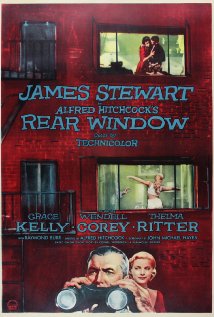
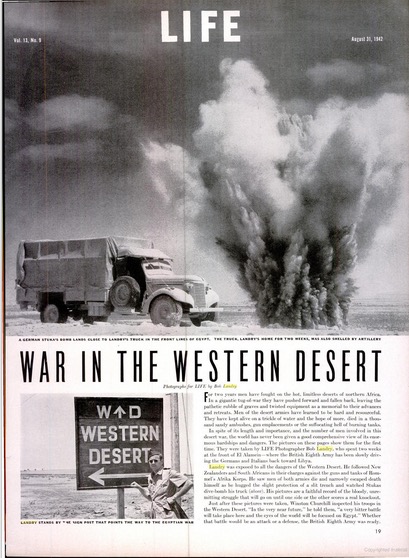
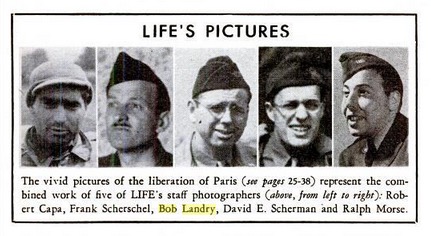
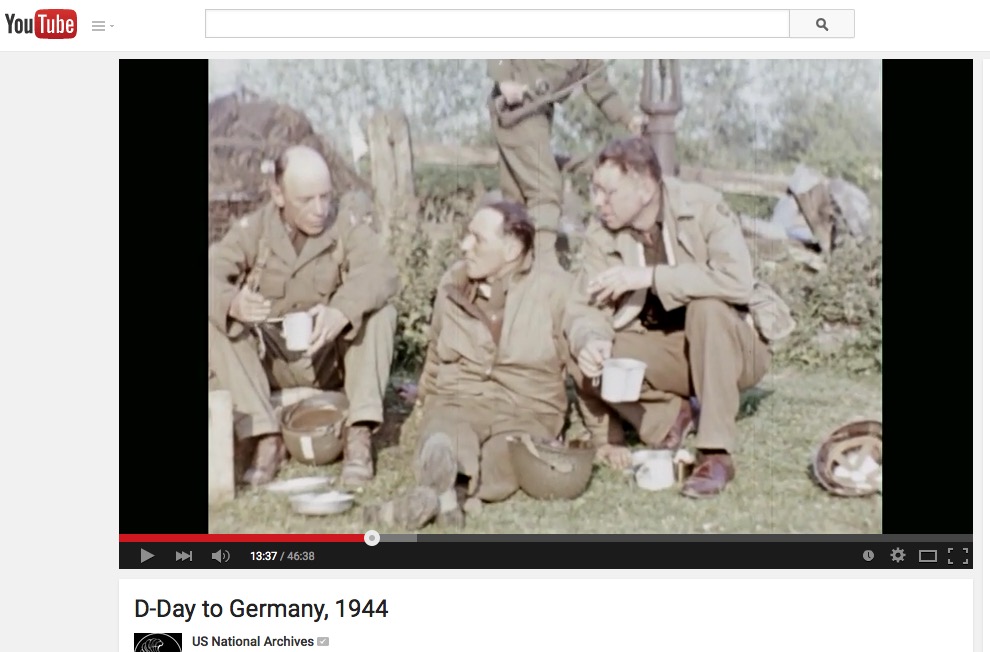
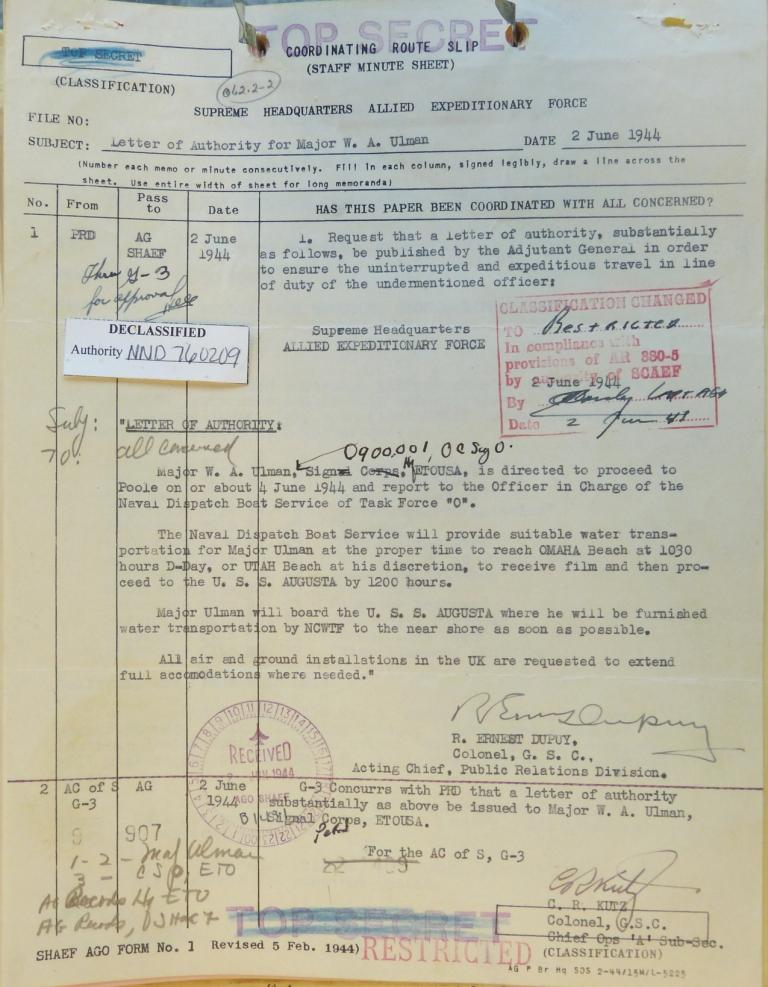
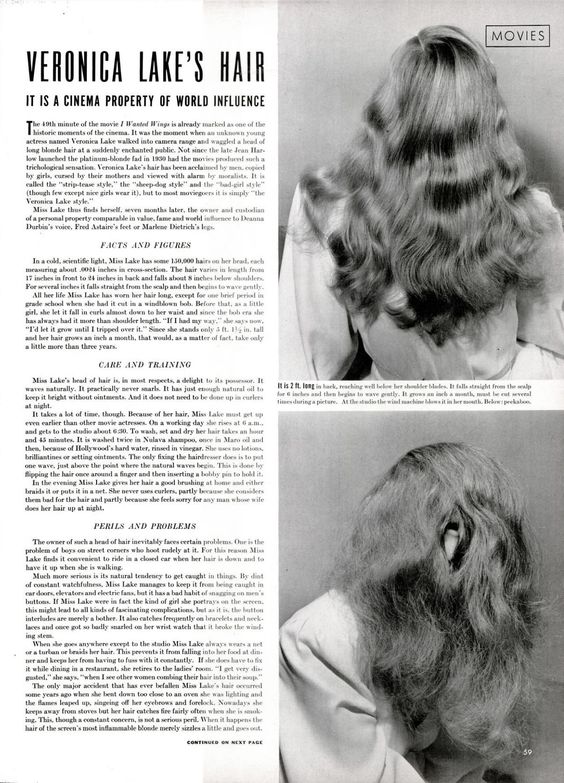
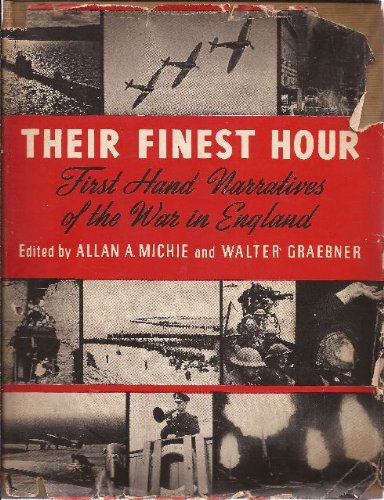
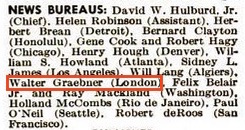
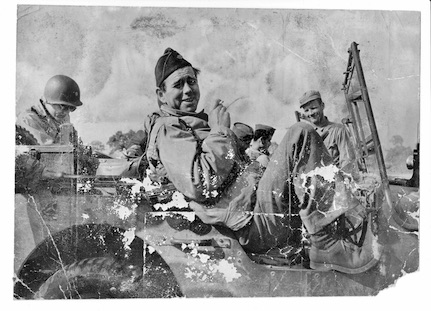
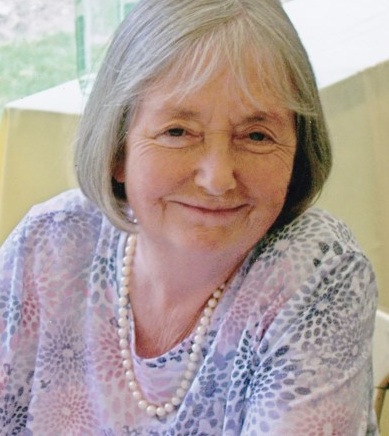




Dear Mr. Coleman,
Your research on Bob Landry is greatly appreciated.
I discovered the work of Bob Landry by way of discovering Jack Albin in Los Angeles 1992-93. Both studied photography at Freemont High School. I did attempt some research but I gave up after a year. I do have a photograph of the Pyramids that was a LIFE cover, and an early photograph posed together with three other photographers. While in California I collected Hollywood stills.
Sincerely,
David Rubello